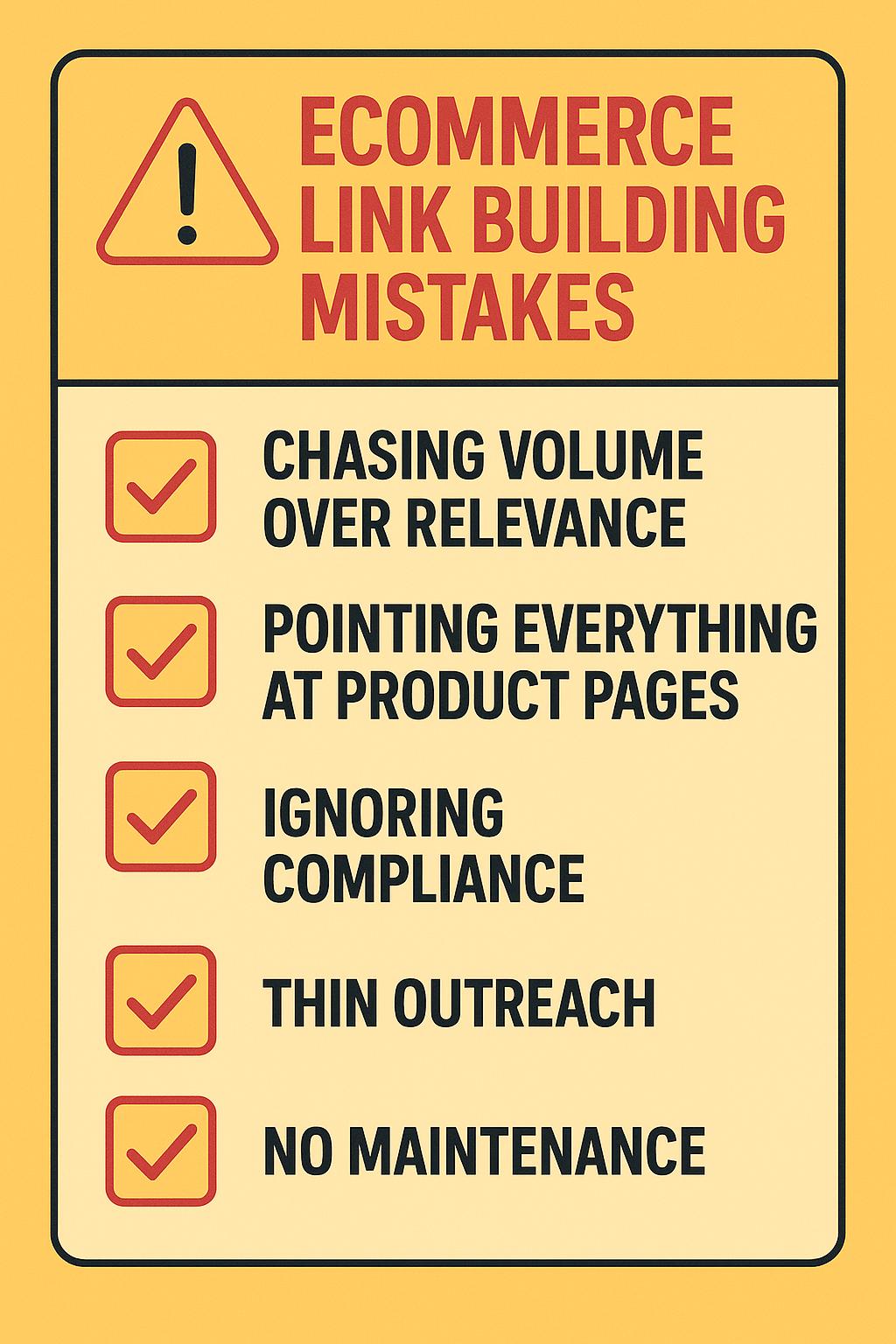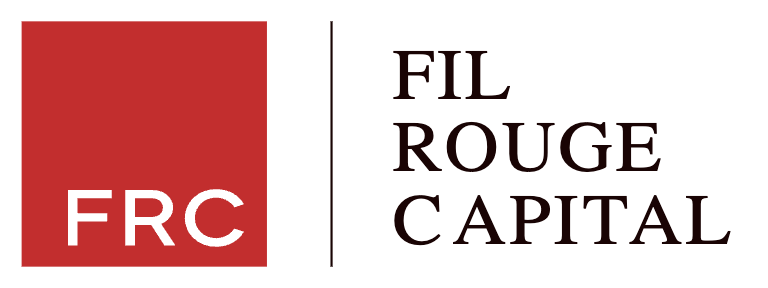Search engines reward online stores that attract mentions. Effective ecommerce link building strategies turn that idea into a repeatable system.
The payoff is simple: more qualified visitors reach the product pages.
This guide explains what works today and why. It covers backlink quality, tactics and measurement.
The tone stays practical, with steps, examples, and a concise table so busy teams can move fast.
Why Link Building Is Important for Ecommerce
The Role of Backlinks in SEO
Backlinks signal that a page is useful. Search engines treat them like votes.
A link from a respected outdoor magazine to a tent category page can help that category rank for “4-season tents.”
Authority is important, but relevance carries even more weight. A link from a niche backpacking blog to a hiking boots guide is stronger than a random tech directory.
Anchor text variety is helpful. Branded anchors and natural phrases look safer than repetitive exact-match terms.
Outbound link attributes count too. Teams should understand rel=”nofollow”, rel=”ugc”, and rel=”sponsored” to keep the profile clean. Google explains how to qualify links on its documentation for outbound links and rel attributes.
Traffic and Brand Visibility
Great links send real customers.
A feature in a gift guide or a viral pin can drive sales the same week. Even when clicks are modest, repeated mentions grow brand searches and email signups.
Links also help a store appear in comparison content and roundups. That visibility supports retargeting and improves click-through on product snippets.
Types of Links That Benefit Ecommerce Sites
Editorial Links from Industry Blogs
Editorial links come from articles where a writer chooses to reference a page, not because they were paid to.
Think of a food magazine publishing “Top chef’s knives tested by a food editor,” where the editor links to your knife brand after genuinely reviewing it. The site gets a contextual mention that sits in relevant copy.
These links are hard to earn, yet very durable. They can survive multiple redesigns.
Product Mentions and Reviews
These links are semi-promotional or partnership-based. Retailers land these by sending samples, offering early access, or providing useful data.
The key is transparency. Use rel=”sponsored” for paid placements, and never ask for specific anchor text. Publishers that review products often add brand links so readers can find the item directly.
Matching structured data with a solid review page helps the page win features in search.
Resource Page and Hub Links
Resource pages list the best guides, tools, or references on a topic.
A fishing shop might get its “how to choose a fly rod” guide added to an educational hub. Outreach works when the page truly fills a gap.
Resource and hub links, unlike the previous types, come from curated lists designed to point readers to the most useful or comprehensive resources. Teams should pitch the most comprehensive resource they have.
Link Types Compared
This table summarizes the key differences in one place:
| Link Type | How It’s Earned | Key Benefit | Challenge/Risk |
|---|---|---|---|
| Editorial Link | Genuine reviews & citations by writers | High authority, durable | Hard to earn, needs great content |
| Product Review | Samples, early access, data shared with reviewers | Drives targeted traffic, builds trust | Must use proper rel attribute, no anchor control |
| Resource Link | Outreach for inclusion on curated resource pages | Long-lasting, targeted audience | Must offer truly helpful content |
Actionable Ecommerce Link Building Strategies
1. Collaborate with Influencers and Creators
Creators already have the audience you want. Work with those who serve your micro-niche, then aim for a review page or comparison video with an editorial link to your category or product.
Creator partnerships drive both links and customers. Make it easy to say yes.
The right approach is structured and clear.
- Define the goal. Is it links to a category page, a brand story, or a gift guide?
- Offer a useful brief. Provide specs, usage tips, and media assets so creators can tell a true story.
- Set link expectations. Sponsored content should use the correct rel attribute. Organic mentions should point to the most relevant page.
- Package unique value. Consider early access, co-branded bundles, or discount codes for the creator’s audience.
- Track results. Monitor referral traffic, assisted conversions, and the number of new referring domains.
- Nurture relationships. Re-engage top partners for seasonal launches and limited drops.
2. Use Content Marketing for Links
Stores that publish linkable content acquire links faster.
Topic selection shapes success, with clusters beating one-off posts. A strong pillar and cluster strategy organizes articles around a central hub, like a “Winter Hiking” page supported by boot care, layering, traction devices, and trail safety stories.
Promote the asset once it is live. Send it to newsletter editors, forum moderators, and bloggers who have referenced adjacent topics. This is classic backlink outreach but with a resource that earns attention on merit.
One more thing: there are certain types of content specifically created to earn links. These are called “link baits,” and they are worth considering.
3. Guest Posting as a Link Building Strategy for Ecommerce
Guest posts work when the content is good and the site is relevant. Basically, instead of posting on your own site, you contribute content to another site in your industry or niche.
Pitch education first, links second. A pet supply brand could write “How to fit a harness for anxious dogs” for a respected training blog.
Quality checks:
- Review the site’s recent posts and traffic.
- Confirm that older posts are indexed and still ranking.
- Keep author bios professional and useful.
Limit self-promotion. Suggest a contextual link to a guide or category page, and add a branded homepage link in the author bio (if the publisher allows it).
4. Partnerships and Co-Marketing Opportunities
Ecommerce brands share suppliers and audiences. Pair up for co-branded guides or joint studies. Each partner can publish a landing page and cite the other, creating two highly relevant links.
Two examples show the idea:
- Co-branded research. An outdoor store and a trail app release a “Most crowded hikes by month” study. The press cites it in seasonal planning pieces.
- Retailer and supplier spotlights. A home goods shop partners with a cookware brand on a “How to season cast iron” video and guide. Both sites link to the asset and to each other’s relevant categories.
These partnership produce assets that can be reused in ads, email, and onsite merchandising.
Linkable Content Ideas for Ecommerce
Buyer Guides and How-To Articles
Guides answer high-intent questions. They also earn links from blogs that curate learning resources.
A simple format works:
- Problem overview and short summary
- Quick comparison and recommendations table
- Step-by-step process (with images)
- Care, maintenance, and safety section
- Related accessories and when to use them
For example, here’s what a comparison table can look like. It is generated by Stryng, an AI tool for producing text and visual content, especially suitable for ecommerce. The table is fully linkable, so each comparison element can link directly to its respective page.
Try Stryng for free and explore its capabilities.
Interactive Tools, Calculators, or Quizzes
Interactive pieces are reliable link magnets. People share sizing calculators, fit finders, and comparison tools.
Examples:
- Ring size or bike frame calculators
- Ingredient checkers for allergens
- Savings calculators that compare refill packs vs single-use items
Make the tools easy to integrate by providing a short code snippet for partners and publishers. Add tracking parameters to measure usage by source, and keep load times low so the widget helps drive conversions instead of slowing things down.
Data-Driven Studies and Infographics
Data is cited daily. A monthly trend sheet about “most returned items” or “top-rated kitchen gadgets by first-time buyers” gives journalists a fresh angle.
Credibility increases with methodology notes. Explain how the data set was sampled and any limits.
Pair the study with an original chart or infographic that other sites can embed. That embed often includes a direct link attribution to the source.
Technical and Internal Linking Tactics
Optimizing Category and Product Pages for Linkability
Category pages can earn links when they act like mini hubs. Add a short buying checklist, selection filters that work well on mobile, and a FAQ that answers real objections. Include care tips and links to related guides.
Clean architecture helps:
- Avoid indexable URL parameters for filters that create duplicates.
- Use canonicals where needed.
- Add unique copy so every important category has something worth citing.
- When reviews are present, ensure proper structured data.
Make the “About” and policy pages worth linking to. Clear shipping, returns, and warranty details increase trust and sometimes earn references from consumer advice blogs.
Internal Linking for SEO and UX
Internal links spread authority. They also guide shoppers to the next best step.
Practical moves:
- Add breadcrumbs and ensure they are crawlable.
- Link from top-performing blog posts to relevant category pages using descriptive anchors.
- Cross-link complementary products on PDPs. Surface “Care” or “Accessories” guides where relevant.
How to Evaluate and Refine Your Ecommerce Link Building Strategies
Evaluation is a monthly ritual. The plan below keeps it simple and accountable.
- Audit new referring domains. Tag each by relevance and authority. Remove spammy entries from reports so they do not pollute trends.
- Map links to revenue pages. Count how many new links point at categories, resource hubs, and product lines.
- Check anchor text distribution. Look for overuse of exact-match phrases. Introduce more branded or generic anchors in the next outreach wave.
- Compare against two direct competitors. Identify topical gaps where they earn links and your store does not.
- Review link velocity. Spikes look odd unless there is a press event or viral post. Smooth growth looks safer.
- Tie links to outcomes. Track assisted conversions and the change in non-brand rankings for pages that received links.
As elsewhere, automation saves time here as well.
Where Ecommerce Link Building Goes Wrong
Shortcuts create long problems. Buying links, over-optimizing anchors, and spinning low-quality guest posts often trigger manual actions. Google details these issues in its link spam policies.

Several patterns stand out:
- Chasing volume over relevance. Hundreds of weak links rarely help a commercial page.
- Pointing everything at product pages. Those pages churn and go out of stock. Links to categories and evergreen resources compound.
- Ignoring compliance. Paid links should carry rel=”sponsored”. Affiliate programs should be labeled clearly. This helps everyone stay within guidelines.
- Thin outreach. Generic emails, no personalization, and no explanation of value produce low reply rates. Editors respond when the angle is new and the asset is credible.
- No maintenance. Broken links and moved pages waste authority. Redirects and periodic content refreshes keep equity flowing.
Summary
Ecommerce link building strategies work best when they look a lot like good publishing and smart partnerships.
Here are summarized key insights and tips:
- Focus on quality over volume. Links from relevant, authoritative pages move rankings and referral sales.
- Earn links with content people actually want to cite. Buyer guides, data roundups, and interactive tools work well.
- Prioritize link acquisition to categories and evergreen resources. Product pages often change. Categories hold value longer.
- Anchor text should look natural. Mix branded, generic, and topical anchors to reduce risk.
- Internal links amplify every external link. Route equity to the right categories and “hero” products.
- Track referring domains, link velocity, and assisted revenue. Adjust tactics every month.
- Avoid link schemes. Use rel=”nofollow” or rel=”sponsored” for paid placements to stay compliant.
- Build relationships that outlast the campaign. Influencers, suppliers, and publishers can become long-term allies.
Frequently Asked Questions
Q1: How many links does an ecommerce site need to rank?
A: There is no fixed number. The target depends on keyword difficulty, competitor authority, and on-page quality. Teams should focus on steady acquisition of relevant links and watch how rankings respond over a few months.
Q2: Do nofollow links help at all?
A: They do not pass traditional PageRank. Still, they drive referral traffic and create brand signals that correlate with growth. A natural profile includes a mix of follow, nofollow, and UGC links.
Q3: Are guest posts safe today?
A: Yes, when they are high quality, on relevant sites, and not done in bulk. Avoid networks with thin content. Keep authorship transparent and avoid manipulative anchors.
Q4: How long does it take to see results from new links?
A: Many teams notice early improvements within 4 to 8 weeks for low-competition keywords. Tougher terms can take several months. Internal linking and content updates can speed up returns.
Q5: What makes a page a good linkable asset?
A: It answers a specific question better than anyone else. Data-heavy list posts, calculators, and practical guides tend to attract citations. Clear structure and fast load times help editors trust and reference the page.
Q6: Should links point to the homepage or deeper pages?
A: Both. Homepages collect brand links naturally. Teams should also guide links to category hubs and resource pages that match search intent. This balance supports rankings across the site.



